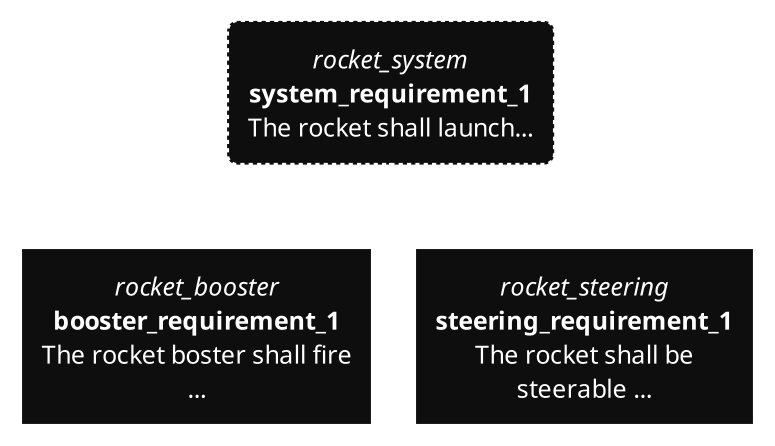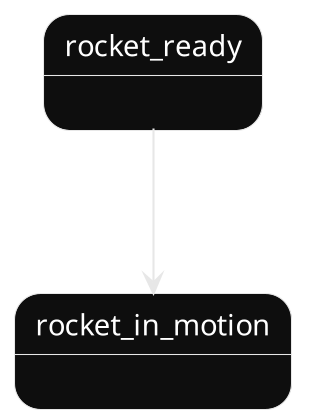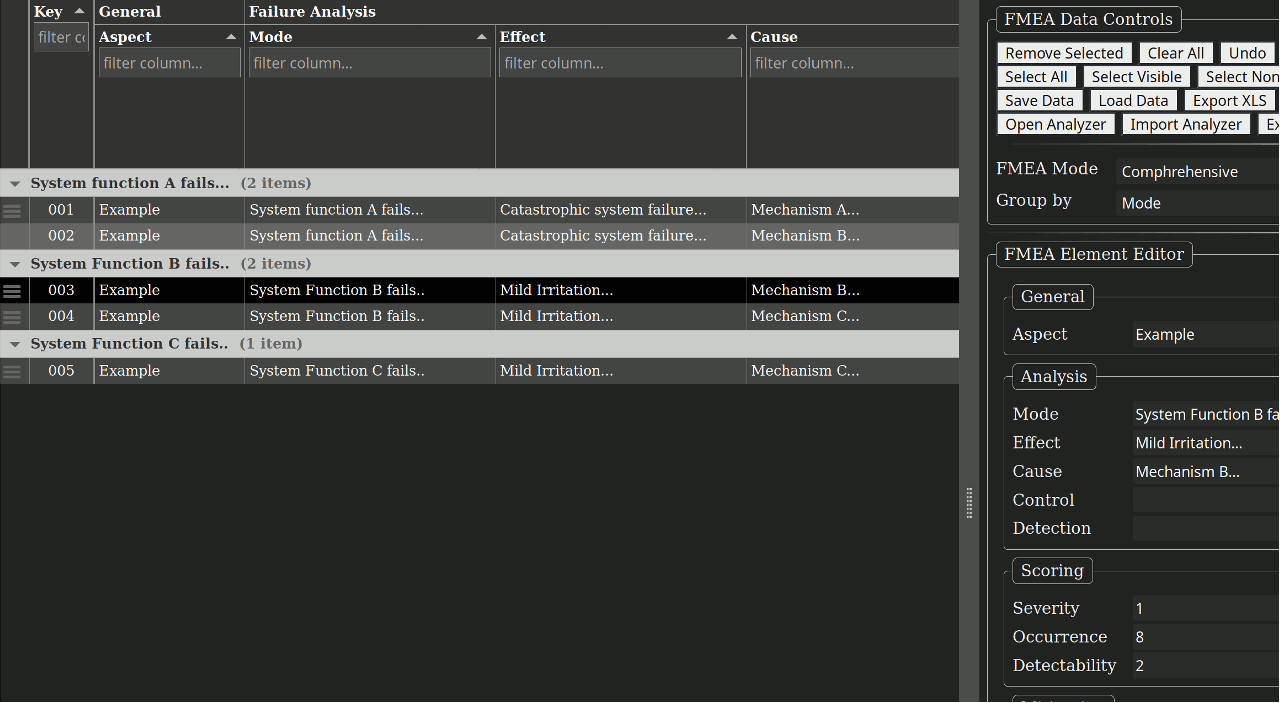‣ Models often described within bespoke (heavyweight) tools
‣ Models and their realisations tend to drift apart
‣ Updating and extending models is cumbersome during development
Particularly in software intensive systems:
‣ Coupling of system models to software is difficult (model-driven approaches notwithstanding)
‣ Models live outside of typical software environments
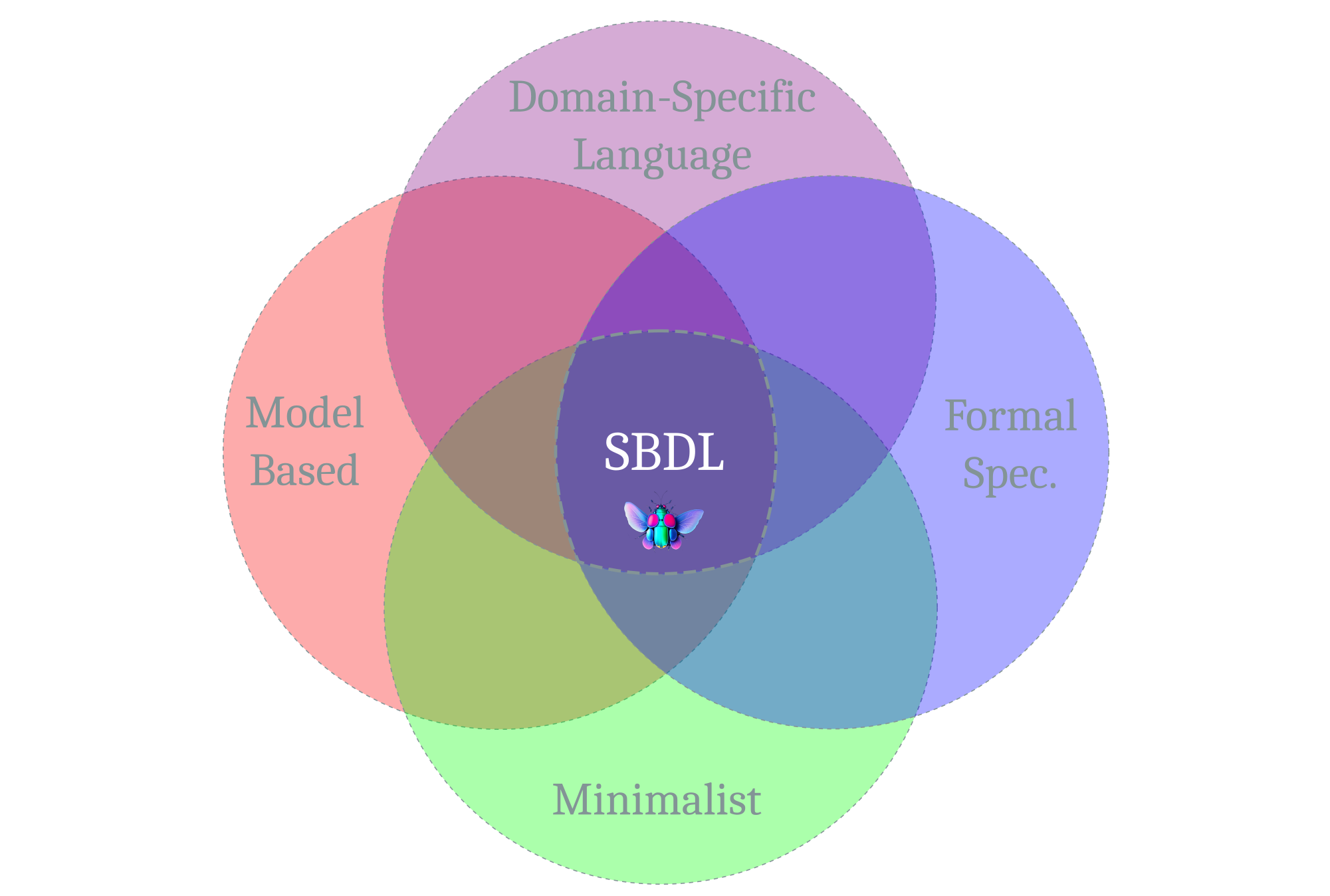
‣ A Domain-Specific Language (DSL) which captures the fundamentals of a system design
‣ Built around a basic but extensible SysML-like metamodel
‣ Includes elements of formal methods; including design rule specification
‣ Designed to be a minimalist and as simple to use as possible; not a just a tool for coders
‣ Interoperability is a basic assumption; plays nice with other MBSE tools, IDEs and revision control systems
⦿ A compiler that aggregates and verifies the described system, and produces diagrams, templates documents ...

‣ System is comprises a set of elements
‣ Elements are named and typed
‣ Elements have typed relations with oneanother
‣ Combinations of elements, types and relations defines the system
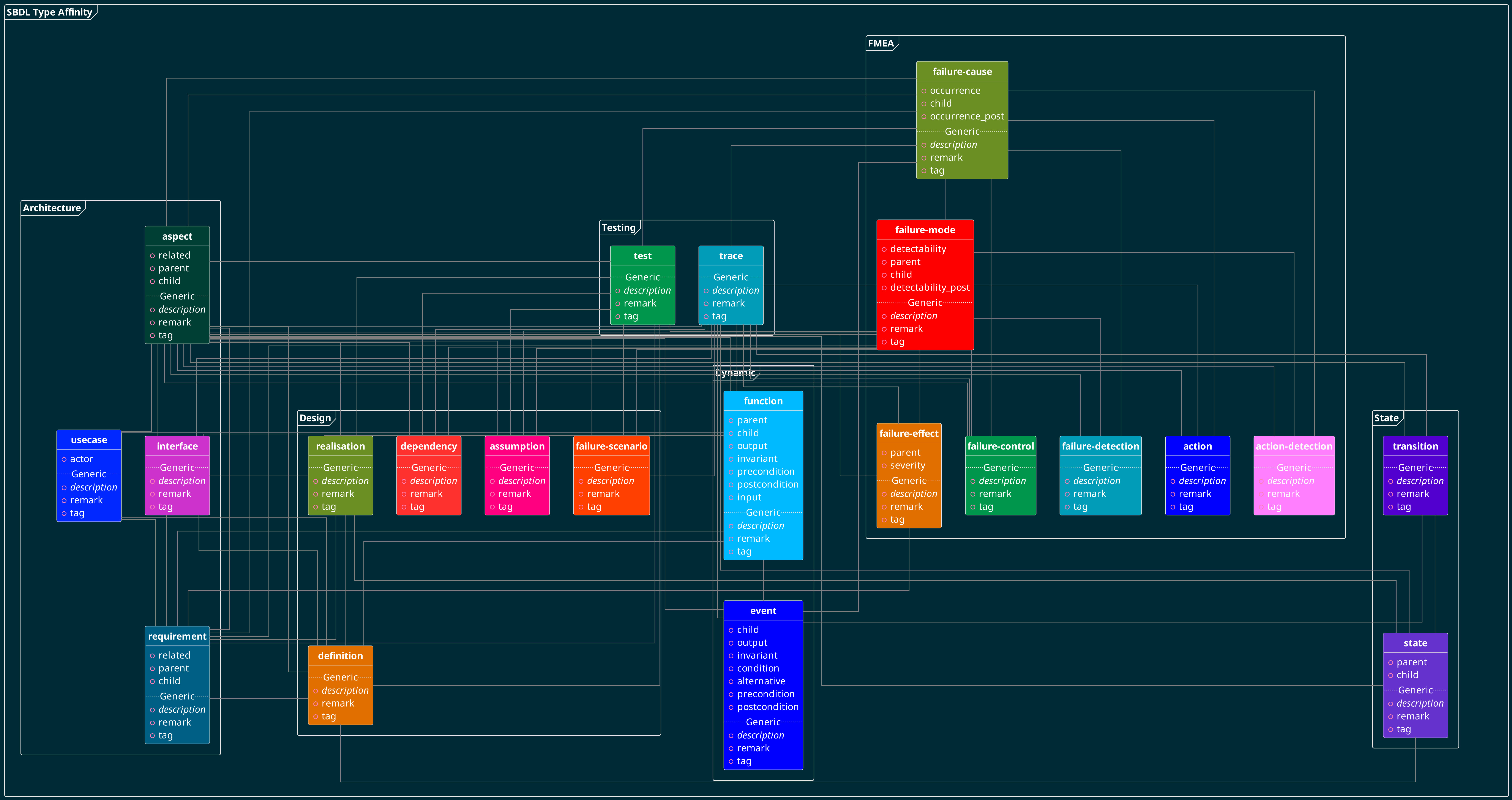
A simplified, extensible metamodel comprising several foundational views provides base types
|
‣ Language captures elements, types and relations in a simple syntax ‣ Basic SBDL statement defines a named element of a given type and its properties ‣ Type is taken from the metamodel (and custom types) ‣ Properties can define relations to other elements or attributes of element itself ‣ Type determines permitted and mandatory properties, and their semantics |
|
|
|
|
|
|
|
|
| Statements can be distributed and embedded in different files (of almost any language) |
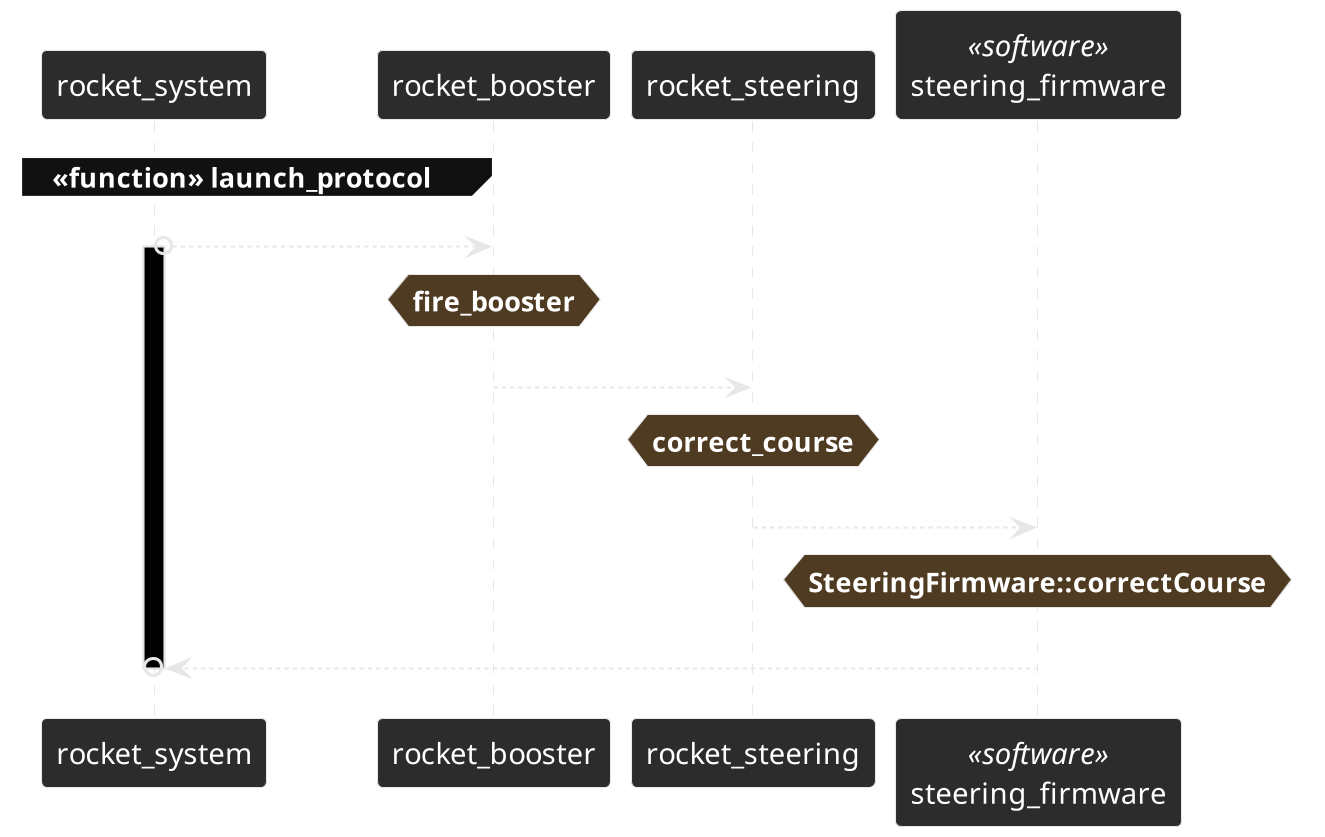
|
|
|
‣ Although potentially separate, distributed and/or embedded, SBDL definitions constitue a single, verifiable model
‣ ... Ideal for separate teams working towards a single concept
‣ Standalone but also highly amenable to placement within other materials
‣ Diagrams are inferred, not explicity specified
‣ Different rendering backends (PlantUML by default)
‣ Variety of structured output formats can be generated
⦿ Powerful but parsimonious syntax features - see SBDL website
|
‣ Integrated support for document templating ‣ Plays nicely with PanDoc for exotic document formats (PDF, Docx, ...) ‣ Write documents in, for example, Markdown ‣ Including templated queries for SBDL information ‣ Include text, diagrams, tables, matrices ... |
⦿ Immediate compiler support for CSV matrices, JSON & YAML trees (no templating required) |
|
‣ Base metamodel can be easily extended with new types ‣ New types specify required and optional relations and attributes ‣ New types similar to the concept of 'profiles' in SysML ‣ New types inherit the semantics and compiler capabilities of parent type |
|
|
‣ Convenient Syntax for defining FMEA ‣ Requirements, FMs, Causes ... can be distributed in different locations ‣ Immediate Interoperability with FMEA.dev (OpenFMEA format)
|
|
‣ Prolog is a mature language for knowledge representation and interrogation ‣ SBDL model is compiled and exposed to Prolog as a set of facts ‣ Assertions can then be made against these facts ‣ Such assertions may express design rules and assumptions ‣ Test your design - and ensure large models remain compliant |
|
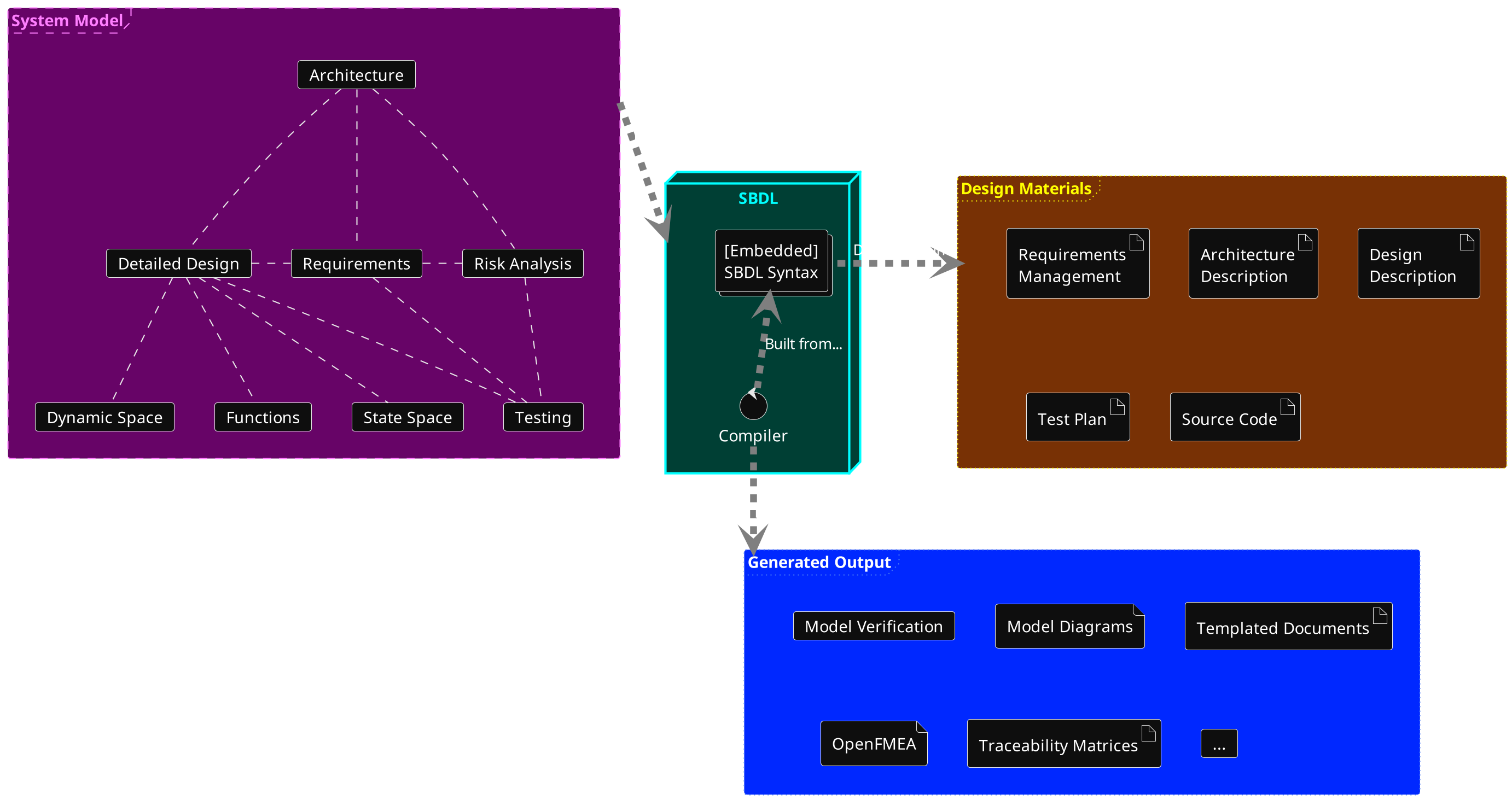
Models expressed in SBDL can be distributed in and built from diverse materials
|
‣ Easy to install compiler with Python Pip ‣ Compiler adheres to compilation norms (calling conventions) ‣ Plays nice with CMake ‣ Open to user extension (new compilation modes, language directives) ‣ VSCode extension with syntax highlighting |
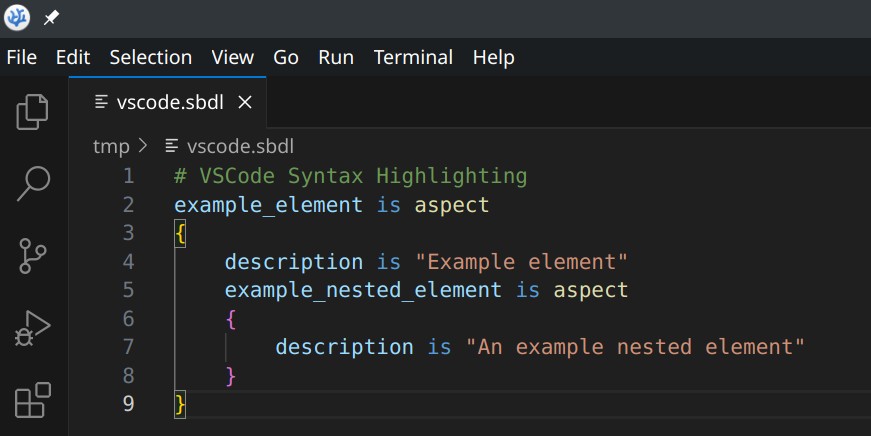
Visual Studio Code Extension
|
‣ Easy to learn DSL for expressing System Design
‣ Extensible with custom types, design rules...
‣ Strong tooling support: compiler, IDE extension, export formats ...
‣ Interoperable with other modelling environments (e.g. Cameo Systems Modeler)
⦿ Enables design artefacts to stay close to where they matter most; be it in code, documents ...
